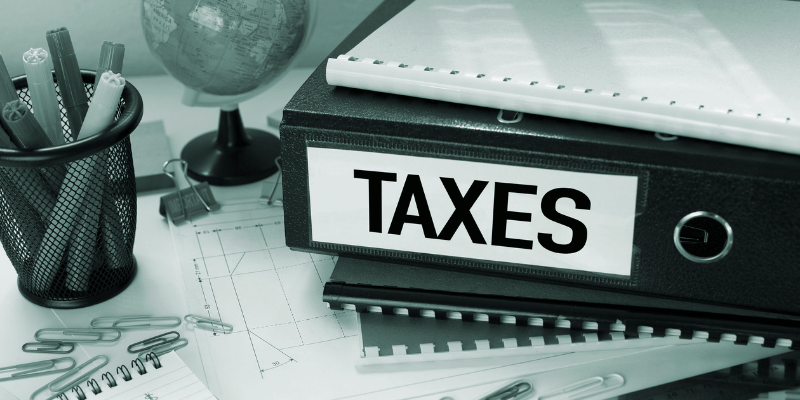Here Are Some Tax Tips Every Small Business Owner Should Know
Taxes are often an afterthought for small business owners, but it’s important to stay on top of them because if you don’t, the government will make sure you do in the form of fines and penalties. If you don’t pay your taxes, the government won’t hesitate to fine or even prosecute you, so always make sure to file your taxes on time and pay any taxes that are due. Here are some tax tips every small business owner should know.
1: Research Small Business Tax Credits
Many small business tax credits could apply to you. A few of the most common credits include the Research and rap financial and Self-Employment Contributions, and the Goods and Services Tax/Harmonized Sales Tax (GST/HST) credit.
The Research and Development Tax Credit is available to companies who perform research in Canada to develop new or improved products. The R&D Tax Credit rate varies depending on the province or territory where research takes place.
The Employment Insurance Premiums, Self-Employment Contributions, and GST/HST credit can be claimed by businesses with employees who qualify for EI benefits or those with a small number of employees who qualify for self-employment insurance.
2: Save Every Receipt
One of the most important things a small business owner can do is save every receipt. Tax season is when you will need them the most, and it’s easier to get a deduction if you have documentation. It’s also a good idea to keep your receipts in one location so they’re easy to find.
It’s also important that you have an organized system for tracking expenses, like using Excel or Google Docs to categorize expenses by category, expense type, and date incurred. That way, at the end of the year, when it comes time for taxes, all of your information is ready for review.
3: Take the Qualified Business Income
Setting up a retirement account is one of the best things you can do for your small business. It’s not always the simplest task to set up, but it will save you from worrying about whether or not you’ll have enough money in retirement. Here’s how:
- Open a rap financial that offers low-cost plans
- Pay an annual fee based on your income
- Invest in stocks, bonds, and/or other investments that pay dividends
- Choose the percentage of your income to invest in stocks each year, which can range between 5% and 75% depending on your risk tolerance and goals
4: Set Up a Retirement Account
If you’re self-employed, it’s not just your income that you need to keep track of – your retirement account needs an overhaul too. Here’s how to set up a new retirement account for the sole proprietorship:
1) Establish a separate retirement account by opening a self-directed IRA (check with your bank or broker) and funding it with at least $5,000. If you can’t afford to put in $5,000 all at once, start small and increase your contribution percentage as time goes on. The sooner you start saving for retirement, the better off you’ll be!
2) Set up the electronic deposit so that regular contributions are deducted from your checking or savings account and deposited into the IRA automatically.
3) Get the full value of small business taxes because you want to lower your taxable income.
4) Review employee benefit plans like healthcare insurance policies, pensions, and 401Ks because they provide valuable tax deductions for small businesses.
5: Donate Old Business Equipment
If you have an old printer, shredder, copier, or fax machine that is no longer being used, consider donating it to a charity that helps low-income people start their businesses. Not only will you be able to deduct the full value of your equipment from your taxes, but you’ll also be helping someone who needs it. – Provide client incentives: The rap financial considers client incentives as a deductible business expense and there are some pretty cool things you can do with them. For example, if you host a contest where the winner gets $1,000 worth of services on your website for free, then that would qualify as an incentive for winning. Just make sure to keep all your receipts and documents in case they ask!
6: Do I Need to Pay Taxes on Home-Based Business Income?

You don’t need to file taxes for a home-based business if you’re not earning more than $400 per year from that source. However, if your annual income from the home-based business is more than $400 then you’ll need to file a Schedule C and pay self-employment taxes on all income minus any expenses. You can either pay quarterly or annually. If you have employees, then you’ll need to get an EIN (Employer Identification Number) by filling out form SS-4, Application for Employer Identification Number. Another important aspect of taxes for small businesses is paying quarterly estimated taxes. These payments help to avoid penalties in case there’s a discrepancy in when you’ve paid versus what’s owed come April 15th. Quarterly estimates work as follows: 1/4th of total expected 2017 taxable income.
